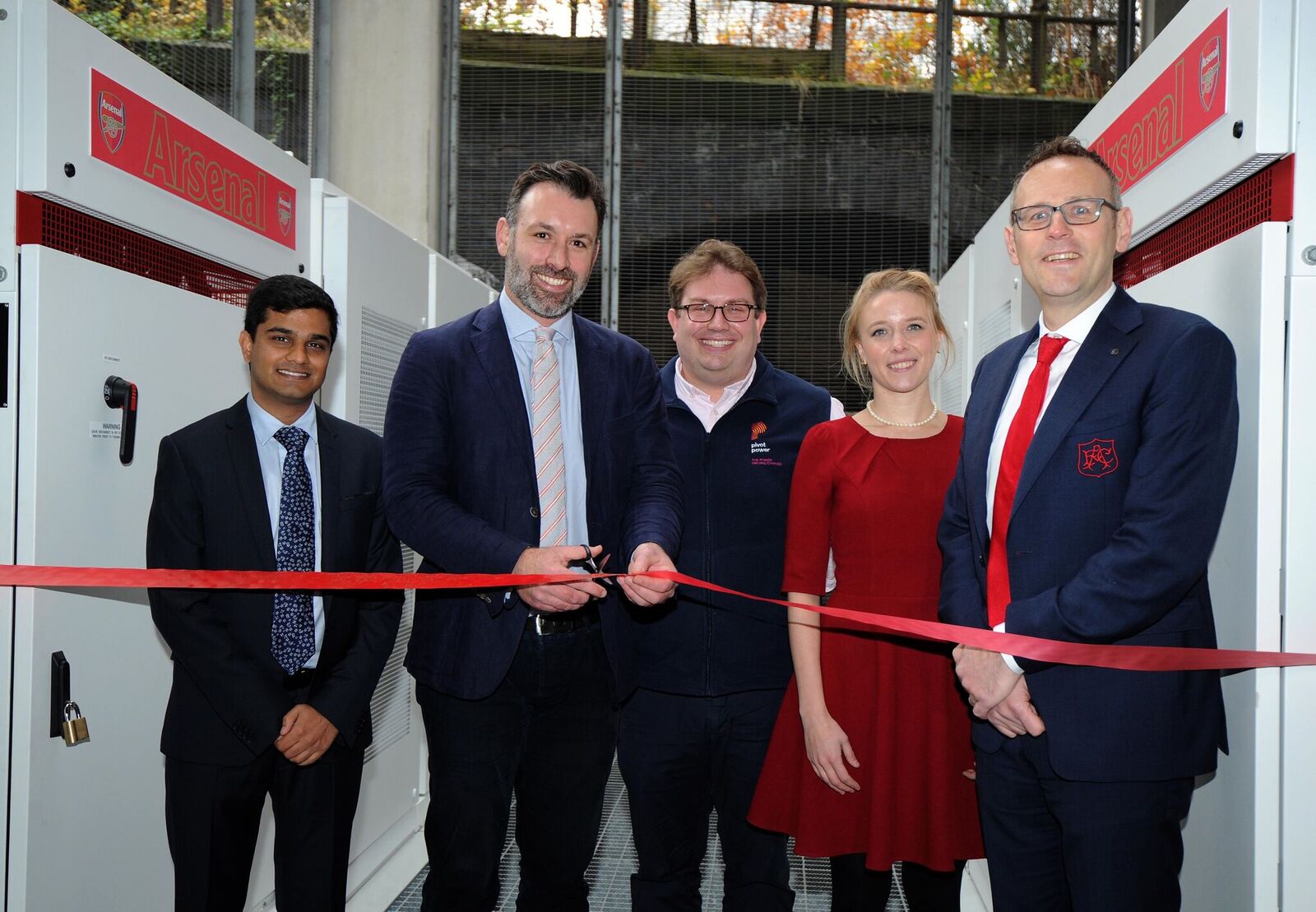
Pivot Power, recently acquired by French energy giant EDF, has a 40-strong pipeline of prospective battery storage projects totalling 2GW. With its primary focus on pairing storage with electric vehicle (EV) charging sites, the company is looking to cement its place in the UK’s large-scale storage market.
Matt Allen, chief executive of Pivot Power, spoke to Alice Grundy about the challenges to scaling up projects in light of proposed changes to planning regulations in the UK, as well as the revenue streams available from a combination of EV charging and storage and which chemistries the industry should be focusing on now.
Enjoy 12 months of exclusive analysis
- Regular insight and analysis of the industry’s biggest developments
- In-depth interviews with the industry’s leading figures
- Annual digital subscription to the PV Tech Power journal
- Discounts on Solar Media’s portfolio of events, in-person and virtual
Energy-Storage.news: What are the revenue opportunities for the projects Pivot is involved in that have EV charging and battery storage together?
There are two key strategic areas we’re focusing on. One is the battery component, so merchant battery storage projects. There are quite a few different business models in terms of revenue opportunities for storage in the market. There’s a bit of a hint in our name: Pivot Power. We have the ability to pivot and swivel and change and redirect over the course of a lifetime of a project and that is really important in this new age where infrastructure energy projects are not backed by a government feed-in tariff or incentive scheme.
The second component is what we refer to as a private wire opportunity. One of the biggest barriers to electrification of transport uptake in any of its guises – general public, corporate fleets, vans, buses, and so on – is there are big regional constraints through the distribution networks. And our business model is connecting these assets to the transmission system, essentially taking more power than we need for the battery component and allocating some of that to the downstream private wire. By doing that, and bringing in that interesting dynamic additional revenue stream, we see a great opportunity for these assets to be financially viable.
We went out to market around this time last year to raise the first substantial amount of capital to deploy into our first tranche of projects. Over the course of that journey we met with lots of different corporates likes EDF, and infrastructure funds, private equity, pension funds. It was challenging for a lot of them to get their head around the business model and things that are new and emerging are very exciting, but excitement will only get you so far. What we saw very quickly was that EDF got it.
You’ve said previously that Pivot is keeping an eye on the relaxation of planning regulations in the UK to allow projects over 49.9MW to progress without approval through the Nationally Significant Infrastructure Project process. What are some of the challenges to developing these larger projects?
It’s interesting and we do support it. In terms of our approach, there are some sites where it might make sense and we’re currently looking at how we could expand from 49.9MW. There are two key considerations; one is what would the cost be for that substation to go from 50MW to substantially more than that, and that is where we’re going through and evaluating our portfolio and seeing if that does stack up. The second element is from a land perspective. The physical footprint of a 50MW battery is roughly half a football field. If you’re looking at 100MW, or 150MW, or 200MW, that obviously becomes substantially larger, and land availability is obviously a key consideration.
What are the other barriers to deploying large-scale storage that you’re seeing?
The slight irony is that while we’re trying to unlock the electrification of transport i.e. EVs, the vehicles are hoovering up all of the cells in the market. We don’t see that as a big issue now, but it has been over the course of the past 12 – 24 months.
One of the other things is that more renewables coming onto the market creates an opportunity. For batteries, that variability is essentially a good thing. We’re advocates from an environmental standpoint that we need more renewables deployed, but if that doesn’t happen and that volatility doesn’t exist then that is a concern, which leads back to policy certainty. There are other components, for example interconnections into Europe and what will those look like moving forward. But they’re all things the industry is keenly aware of.
I think the good thing about this country is that it’s across party lines that this is a climate crisis. I’m glad we’re starting to change that narrative from climate change, which is a bit wooly. This is a crisis, and when you have a crisis you act in a very different way and I think that is widely understood here in the UK.
Pivot is currently focused on lithium-ion. Would you consider other chemistries as we move towards a net zero system by 2050?
Currently, our first two projects are lithium-ion based and one hour in duration. A big part of this comes down to what investors are comfortable with. We get approached all the time with another solution that is better or more reliable or less from a cost standpoint, but the big question is: is it investable? I am all for technical innovation and advancement but this is a crisis, so let’s deploy the stuff that is ready and investable and has that confidence.
We’ll always keep our eye on other solutions. It’s super interesting, great conversation, but let’s come back to now.
I couldn’t tell you exactly what 2050 will look like. There will be a lot of storage and what type of storage that will be, will it be large pumped hydro or more distributed battery storage? Will it be connected to the transmission system, will it be the distribution system, who knows? But there will be a lot of it in many different forms.
Matt Allen will be speaking at Energy Storage News publisher Solar Media’s 5th annual Energy Storage Summit event in London, which runs 25 – 26 February 2020. Details of the event and how to attend can be found here.


